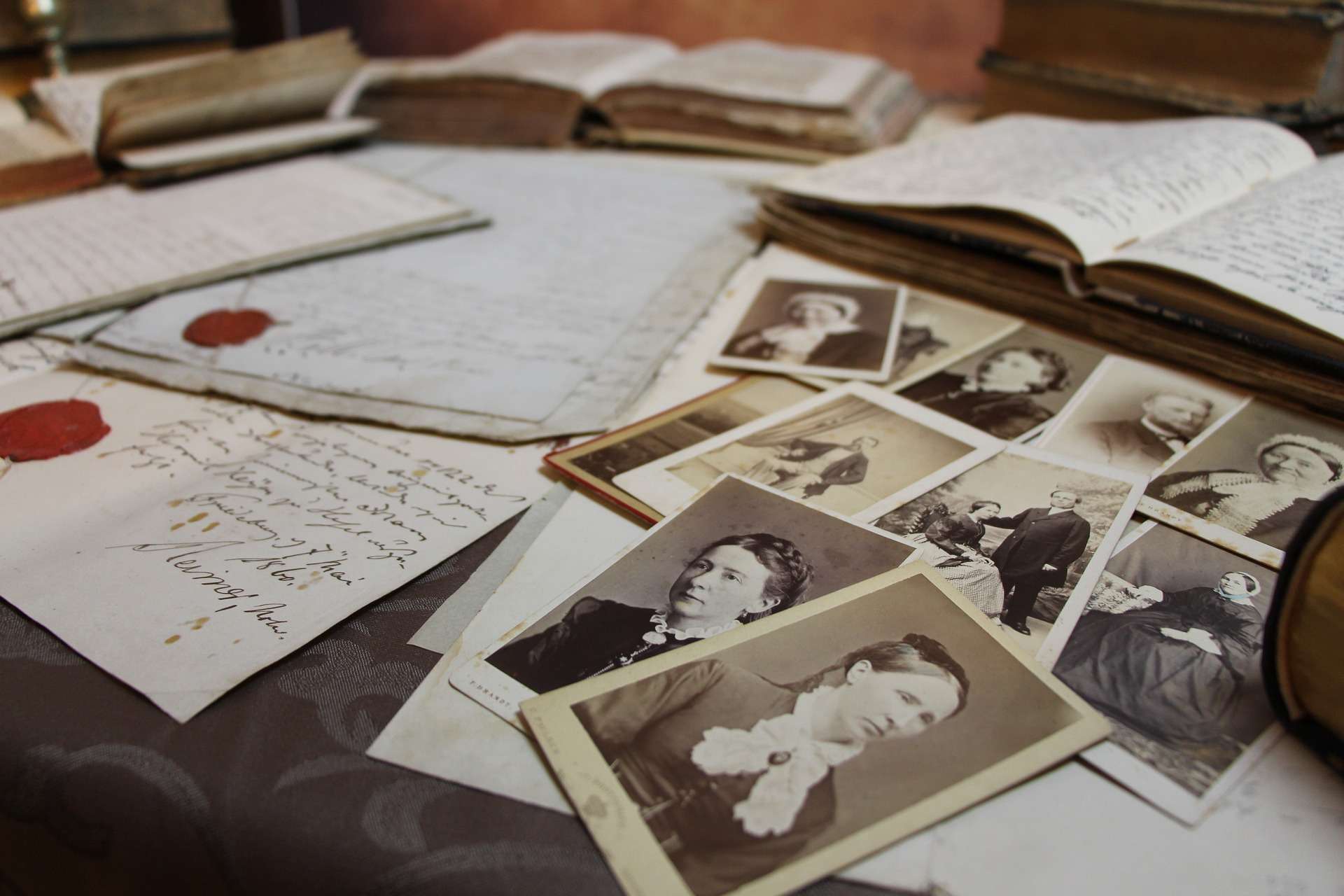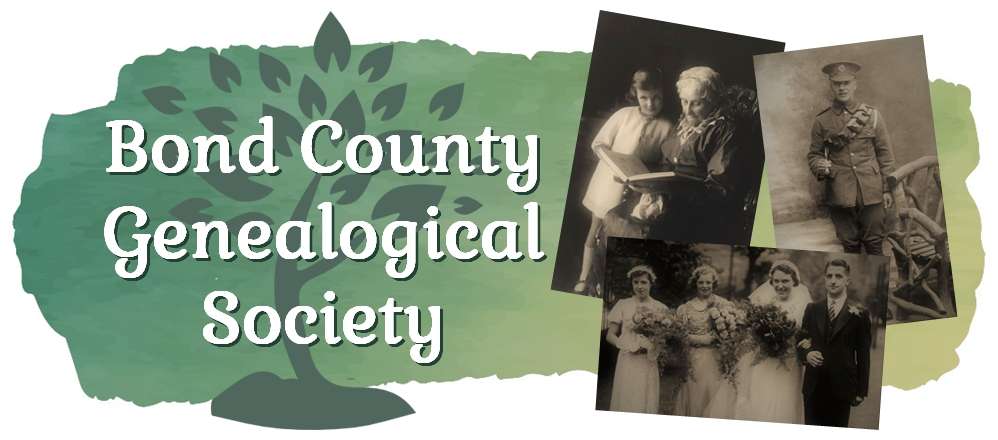Genealogy 101: A Beginner’s First Steps
New to family history and ancestry research? Brushing up on the basics? Here are your Genealogy 101 steps to success!

Genealogy Steps to Success
Step One: Start With Yourself
Record what you know and ask family members what they remember.
Helpful Tools for Recording Information
- Family Group Sheets
- Pedigree Charts
- Biographical Timelines
- Genealogical Software (Family Tree Maker, Rootsmagic, Reunion, etc)
See Handouts:
Family Group Sheet
Ancestor Chart
Step Two: Look For Clues in Family Sources
Look for old photographs, postcards, letters, diaries, etc.
Examples of Family Sources
- Birth announcements
- Diaries
- Family bibles
- Funeral cards
- Jewelry
- Newspaper clippings
- Old letters and envelopes
- Old photographs
- Passports
- Wedding invitations
- Wills
- Yearbooks
See Handouts:
Checklist of Family Sources
Step Three: Identify and Search Available Records
Obtain as many original records of your ancestors as possible. Original records can be found in courthouses, libraries, archives, and digital repositories such as Ancestry.com and FamilySearch.org.
Census Records (1790-1940)
Discover where your ancestors lived, what they did for a living, where and when they were born and whom they married. Start with the most recent census year available and trace an individual or family backwards through time.
Where Can I Find the Census Records?
- Subscription Databases – Ancestry, HeritageQuest, Fold3, etc.
- Familysearch.org - Free web site sponsored by LDS Church
- Microfilm – Available at large genealogical libraries, National Archives, and Family History Centers
Vital Records (Birth, Death, & Marriage Records)
Birth, marriage, and death certificates are often the key to taking your genealogy back another generation. Many of these documents include information about parents, and provide dates and places that can lead to other records.
Where Can I Find Vital Records?
- County Clerk’s Offices
- Town Offices (New York and New England)
- State Health Departments
- State Archives
- Family History Library/FamilySearch
See Links/Handouts:
What You’ll Learn in the Census, Year by Year
Census Checklist
Research Checklist
Another Research Checklist
Finding and Accessing Vital Records
Step Four: Document Your Research
Gather & Evaluate Your Sources
- Prove it. Support your family tree with documentation.
- Determine the original source of any information you find.
- Always try to get as close to the original record as possible. Derivative sources should be used as tools, not as evidence.
- Try to find at least three sources to back up your facts.
- When facts don’t agree, evaluate the reliability of the information sources.
- Keep a log of all your correspondence.
Original: A source that is still in its first recorded form. (Note: image copies can usually be treated as originals)
Derivative: Material produced by copying an original document or manipulating its content. Examples include indexes, abstracts and transcriptions.
Analyze & Compare Information
- Ask yourself is this primary or secondary information?
- Transcribe (or extract) information from your sources to ensure you don’t overlook anything. Transcriptions and research extracts also make it easier to read and compare information.
- Create timelines to help you view evidence from multiple sources at once. Timelines are also an excellent way to uncover factual inconsistencies and research gaps.
- Keep a Research Journal to record your reasoning.
Primary Information: Provided by someone with first-hand knowledge of the facts.
Secondary Information: Provided by someone with secondhand (hearsay) knowledge.
Cite Your Sources
Describe the source to the best of your ability. Your citations should try to answer the following questions:
- What is the source? (newspaper article, scrapbook, etc)
- Who created the source? (author, photographer, organization, government entity, etc)
- Who published (or made available) the source? (Ancestry.com, FamilySearch, National Archives)
- Where is the source? (repository, relative’s house, URL, etc)
- Where can I find the relevant information in the source? (page number, issue date, column, line, etc)
Don’t obsess over citing your sources the “correct” way. For most genealogists, you just want to make sure that you record where the information that you found came from and how to find it again. There is no universally accepted citation format for genealogy. However, if you are looking for inspiration, check out the works of Elizabeth Shown Mills including Evidence!: Citation & Analysis for the Family Historian and Evidence Explained: Citing History Sources from Artifacts to Cyberspace.
Frequently Asked Questions
Are there even more free charts and forms to organize my research?
How to make sense of commonly used acronyms and abbreviations?
What to look for in an online genealogy web site?
What to do with the genealogy and family history I collected?
